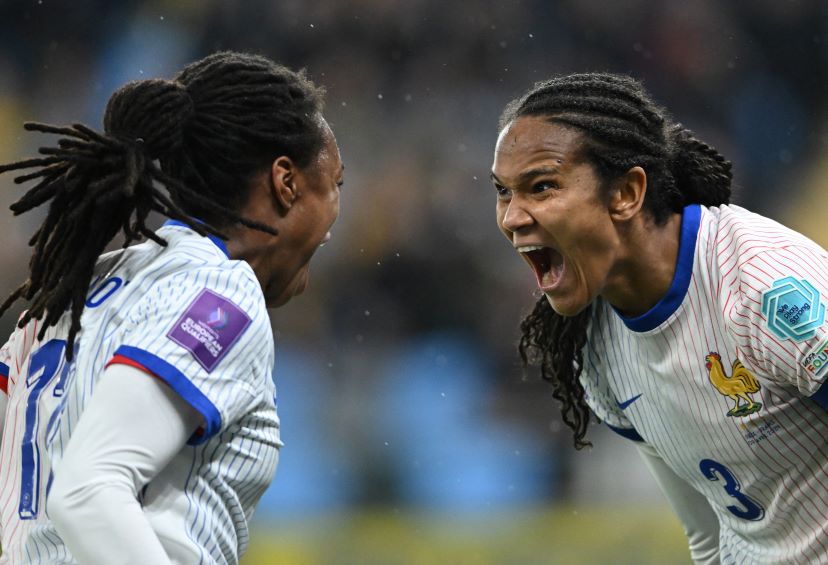There’s something different in the air this summer—and no, it’s not just the smell of BBQs and sunscreen. If you’ve been anywhere near a TV, a stadium, or even just your social feed, you’ll know exactly what I’m talking about.
Women’s football has officially arrived, and the 2025 UEFA Women’s EUROs in Switzerland might just go down as the tournament that changed everything.
A Tournament That Felt Like a Movement
From the very first whistle, it was clear: this wasn’t just another sporting event. It was a full-blown movement. The crowds? Electric. The players? Fierce. The atmosphere? Unmatched.
Over 460,000 fans poured into stadiums during the group stage alone—an all-time record. That’s an average of nearly 20,000 fans per game. And they came from everywhere—114 countries, to be exact. Streets of Zurich and Geneva were buzzing with jerseys, chants, and face paint. Suddenly, women’s football wasn’t a niche—it was mainstream, global, and loud.
Money Talks—and Women’s Football is Speaking Loudly
Let’s talk cash for a second, because this shift isn’t just emotional—it’s economic.
UEFA doubled the prize pool to €41 million, and heavyweight sponsors like Visa, Amazon, Coca‑Cola, and Booking.com all signed on. That kind of backing doesn’t happen by accident. It’s a sign that women’s football isn’t just thriving—it’s becoming big business.
And the investment is going deeper than glitzy finals. UEFA’s “Unstoppable” strategy is promising €1 billion by 2030 to develop every part of the women’s game, from grassroots to elite levels. In Switzerland, the legacy program “Here to Stay” aims to double the number of female players, coaches, and referees. That’s not just a slogan—it’s infrastructure.
The Most Watched, The Most Shared
Remember when we had to hunt down women’s matches on obscure sports channels? Not anymore.
This year, the tournament boasted Hollywood-level production. The final had 27 cameras, every angle captured and beamed to millions of fans around the world. Social media exploded with slow-mo goals, locker room celebrations, and that one Sweden fan group—the “Soft Hooligans”—who made positivity and party vibes their personal brand. (Look them up. You won’t regret it.)
A Changing of the Guard?
There was also something special on the pitch. Sure, England and Spain delivered strong performances. But the real joy was watching Italy’s surprise run to the semi-finals, just a few years after their players were finally allowed to go pro. And then there was Switzerland, the hosts, punching above their weight and inspiring a new generation back home.
It felt like the hierarchy of women’s football was getting a shake-up—and we’re here for it.
What Happens Next?
There’s a lot to celebrate, but here’s the truth: what happens after the final matters even more.
We’ve seen this before—huge moments, viral spikes, then… radio silence. This time, fans, broadcasters, and brands all have a chance to do things differently. Keep talking about it. Keep buying tickets. Keep showing up for the domestic leagues, the youth games, the off-season training camps.
Because if EURO 2025 taught us anything, it’s that women’s football isn’t just having a moment—it’s building a legacy.





2031 Ryder Cup returns to Spain after 34-year wait
England’s Uefa Women’s Euro 2025 final triumph over Spain watched by 16.2m on BBC and ITV